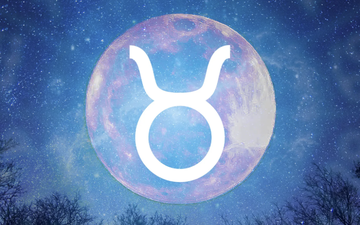
One of the most common criticisms of Instagram and social networks in general is that they present only the most beautiful and curated parts of our lives, creating a distorted reality that encourages comparison and insecurity. In response to this "filtered perfection", in recent years we have seen an increase in efforts to rebel against the curated aesthetics of social networks. Blurry and spontaneous photos of the everyday are filling our feeds, while TikTok has become the favorite platform of Gen Z, which is perceived as the most original.
The latest rebellion against perfection seems to be the return of social networks to a place where the weakest and most fragile moments are shared. This is where the "crying selfie" comes into play. While crying on the Internet is not a new phenomenon (remember the famous "Leave Britney Alone" video), only in recent years has this become acceptable. On TikTok, crying in videos and sharing honest content about mental health, such as depression rooms, have become commonplace. Even the artist Lizzo posted a video crying while singing Billie Eilish's song "Happier Than Ever". However, does sharing our most difficult moments in the form of a purposeful selfie facilitate deeper discussions about mental health?
While such posts are becoming more common, social media continues to be linked to negative impacts on mental health. So if online crying and vulnerable moments become a trend, are we feeding the source of our mental problems while simultaneously using them as a means of relief? Time will tell if the so-called "authenticity revolution" will really bring improvement or just a temporary illusion.
Suggested articles:





